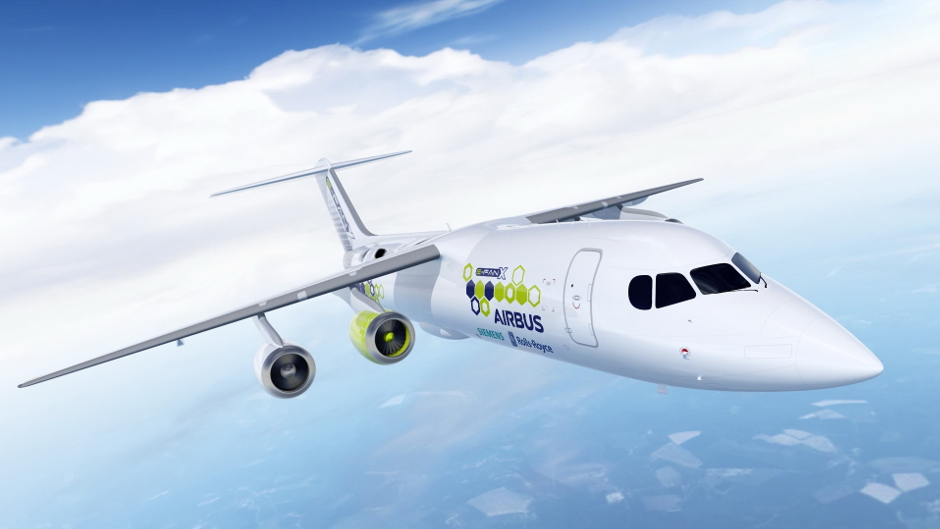
The aerospace industry has been investing heavily in the search for alternatives to combustion engines, in a bid to cut carbon dioxide emissions and reduce its dependence on Earth’s decreasing fossil fuel reserves.
But the great distances aircraft must travel between refuelling stops has made this a considerable challenge, with battery technology not yet sufficiently developed to cope with long range journeys, for example.
The new £6.1m EPSRC-funded project, called Cornerstone, which includes researchers from Nottingham University, Imperial College London and Oxford University, will undertake research into areas of mechanical engineering that will help the industry move towards electrification, according to the project’s principal investigator Seamus Garvey of Nottingham University.
“There is an assumption that moving towards electric flight requires electrical engineering only, and that is utterly wrong, some of the biggest challenges are in fact mechanical engineering challenges,” he said.
The project will focus on six areas of mechanical engineering research. These include an attempt to better understand high power-density contacts, or those locations within an engine where there are very high stresses occurring between two surfaces, such as gear teeth.
“The whole area of understanding how long those contacts will last before cracks start to develop, then those cracks propagate and result in fatigue failure, is as yet an incomplete science, and one of the things we will do through Cornerstone is try to complete that science,” said Garvey.
Some of the biggest challenges are in fact mechanical
The researchers will also investigate the effect of impacts, such as a bird strike, on engines, and attempt to better understand the load and vibration dynamics of aero-engine assemblies, as well as the way in which air interacts with structures such as fan blades, turbine blades and compressor blades.
Of particular importance to hybrid-electric and all electric aircraft will be an investigation of new ways to manage heat without increasing the mass or complexity of the system, said Garvey.
“That is particularly relevant for all-electric flight, because all electrical machines are fundamentally limited by the ability to get heat out of them,” he said.
This will build on work the research team at Nottingham have previously undertaken to investigate the use of oil as a coolant in gas turbines, he said. “We want to upgrade our methods for analysing thermal management with oil, but we also want to develop some new methods for removing heat from engines,” said Garvey.
So, for example, the researchers will investigate the use of fine oil mists for thermal management, as well as cooling components using internal heat pipe elements. The team will also consider the use of materials such as graphene and diamond-like carbon within aircraft components. These materials have extremely high thermal conductivity, he said.
“If we can build those into our engine components, the heat can pass through the parts much more easily than it would do otherwise.”
Finally, the researchers will investigate the interactions between the electrical and mechanical machines within the aircraft, which can be a considerable advantage of electrification, said Garvey.
“When we design a rotating machine one of the things we worry about a lot is whether the machine will shake itself to pieces through vibration,” he said.
By putting an electrical machine on the rotor, it can help to take vibration out of the system, preventing damage, he said.
CLICK HERE FOR MORE ON ROLLS-ROYCE'S INVOLVEMENT WITH ELECTRIC AIRCRAFT





April 1886: the Brunkebergs tunnel
First ever example of a ground source heat pump?